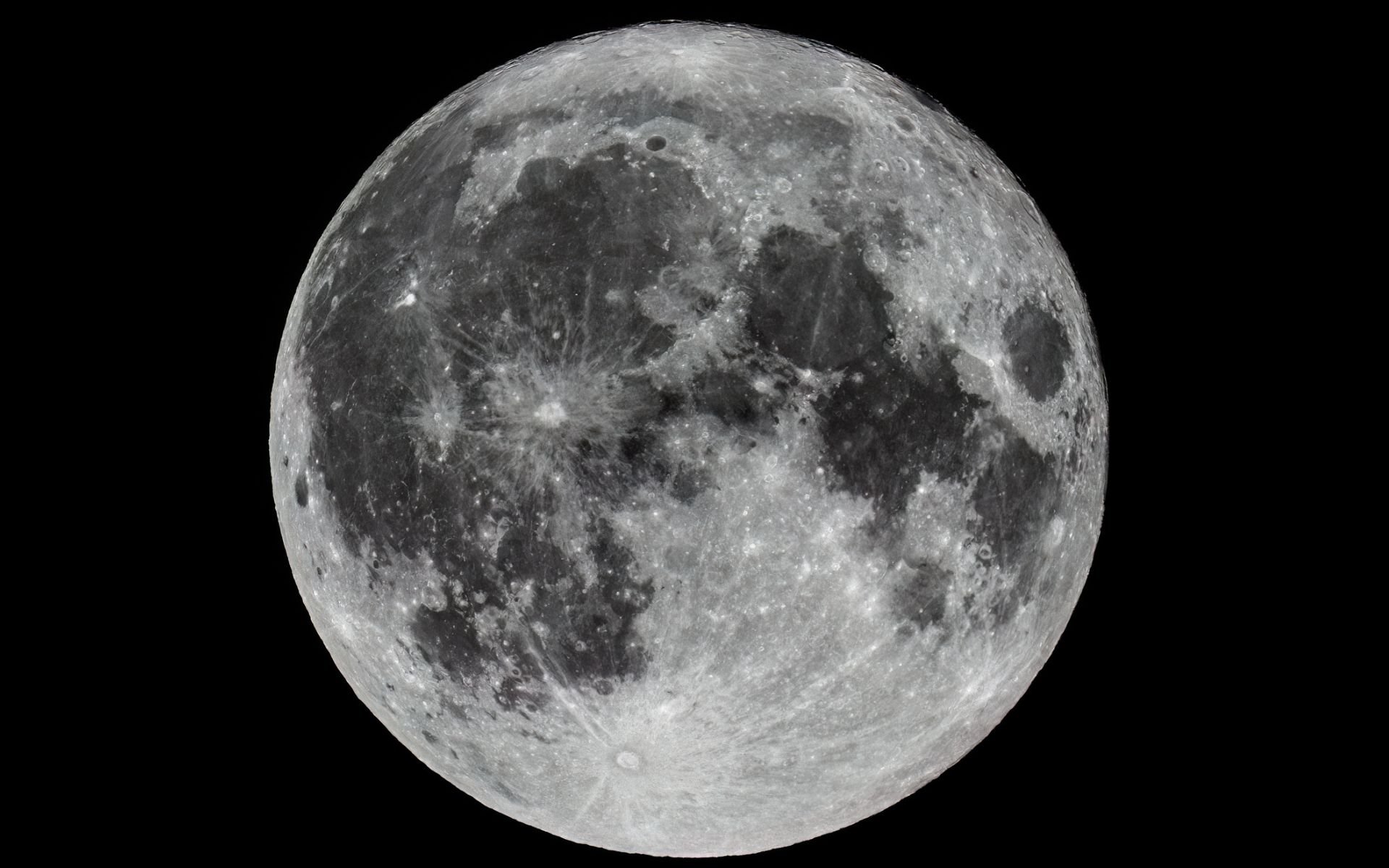In the early hours of this Monday (8), NASA celebrates return to the Moon after more than half a centuryWith the launch of Peregrine Mission One to our natural satellite. Launched aboard the United Launch Alliance (ULA) Vulcan rocket at 2:18 a.m. EST (4:18 a.m. Brasília), Astrobotic’s Peregrine lander has a journey of approximately 46 days to reach the lunar surface.
The first mission to fly under NASA’s Commercial Lunar Payload Services (CLPS) initiative, the lunar probe with a total capacity of 90 kg carries important scientific instruments such as laser retroreflectors and various spectrometers (neutron, linear energy, near infrared). volatile and mass transfer).
But in addition to scientific equipment, Robot lander carries controversial payload from two monumental spaceflight companies: Elysium Space and Celestis. These are cremated remains and DNA samples from several people who purchased moon burial plans.
Peregrine Mission: The first robotic funeral module
opinion Turning the Moon into a private cemetery has sparked outrage from many communities. Navajo Nation Chairman Buu Nygren formally wrote to NASA, calling the negotiation an act of disrespect, saying, “It is very important to emphasize that the Moon holds a sacred position in many indigenous cultures, including our own.”.
At a pre-launch scientific briefing, representatives from the North American space agency weighed in on the issue but “made it work.”
CLPS director Chris Culbert stated that, as a private commercial enterprise, NASA only contracts to carry scientific payloads, but “does not have a structure to tell them what they can and cannot carry,” adding that “the approval process does not go through NASA.” ”
The Moon as a playground for the privileged: An ethical question
NASA pioneered the issue of lunar monuments. In 1998, the space agency moved the ashes of astrogeology founder Gene Shoemaker to the edge of the Lunar Prospector space probe. The following year, the rover intentionally crashed into Shoemaker Crater. Astronomer becomes first human whose remains found outside Earth. Until now.
Celestis CEO and co-founder Charles Chafer was angered by the Navajo demonstration. “No one person or any religion owns the Moon, and given the beliefs of the many religions around the world, it is quite possible that no mission will be approved,” he told Space.com.
Many scientists have used the BlueSky platform to talk about what they call the dark side of commercial space travel. “The commercial side of space exploration has become the playground of the privileged,” said Australian radio astronomer Rami Mandow.
The probe is expected to land on the lunar surface on February 23. However, an abnormality in the equipment was reported by Astrobotic Technologyseveral hours after liftoff, which could jeopardize the success of the mission.
Stay informed about space launches at TecMundo. If you wish, take the opportunity to discover how NASA’s budget is made.
Source: Tec Mundo
I’m Blaine Morgan, an experienced journalist and writer with over 8 years of experience in the tech industry. My expertise lies in writing about technology news and trends, covering everything from cutting-edge gadgets to emerging software developments. I’ve written for several leading publications including Gadget Onus where I am an author.












